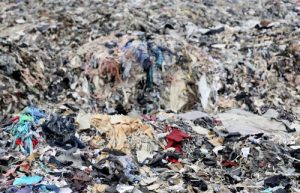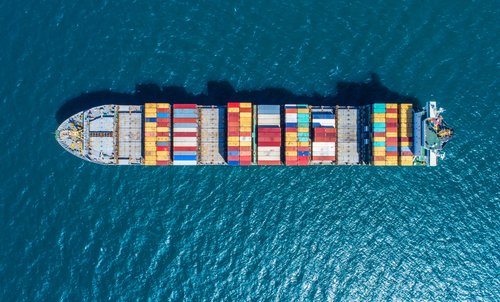The fashion industry is known for having a huge effect on the environment, and too often not in a good way. Almost 20% of global waste is produced by the fashion industry. The news isn’t all doom and gloom, however; luckily there’s light at the end of the tunnel.
Second-hand clothing, used clothing, mixed rags, and other textiles are helping to arrive at a solution to this problem. Their use is enabling us to create a sustainable environment by limiting the amount of waste produced.
However, before mixed rags can continue on their journey and start their second (or even third) life, they have to go through some important steps and be prepared for safe further distribution.
First Things First: What Exactly Are Mixed Rags?
Mixed rags are, in short, used clothing and textiles. They include a wide variety of different items, from (of course) clothing and shoes to household textiles such as linens, towels, and more.
 They’re often gathered from thrift stores and second-hand retailers because they were deemed unsellable. Either they stayed in the store for too long, or they have some faults like broken zippers, stains, missing buttons, and the like.
They’re often gathered from thrift stores and second-hand retailers because they were deemed unsellable. Either they stayed in the store for too long, or they have some faults like broken zippers, stains, missing buttons, and the like.
Once they’re sent to recycling retailers or warehouses, they have to go through the process of sorting. The clothes are divided into a few different categories depending on their quality, type of fabric, size, etc.
Preparation, Step 1: Grading
Grading mixed rags is a very important first step, as this will determine what will happen with them. All used clothing is graded based on its quality.
Typically, grades will be alphabetical or numerical. Clothes with Grade A or 1 are deemed to be of the highest quality, and mixed rags will rarely fall into this category.
Once they’ve been graded, most of the mixed rags will end up in domestic or overseas markets. Some will make it to industrial markets where they’ll be used as wiping rags for automotive or manufacturing industries, for example. Others still will be shredded into fibers and used as stuffing material, home insulation, etc. A very small percentage will be disposed of if it’s deemed completely unusable.
Step 2: Packaging
 Export loads of mixed rags can either be loose or baled. Loose loads can be damaged more easily and are more hazardous during transportation, so most retailers don’t export loose mixed rags unless requested.
Export loads of mixed rags can either be loose or baled. Loose loads can be damaged more easily and are more hazardous during transportation, so most retailers don’t export loose mixed rags unless requested.
Baled mixed rags can go up to an astonishing 40,000 pounds in weight. However, they’re much safer for transportation. This is the preferred method simply because bales are stable and can be stacked more easily.
Step 3: Loading
Careful attention to detail is crucial here. Bales of mixed rags are either loaded onto trucks, mainly for export to domestic markets, or are loaded onto ships (and sometimes it’s a combination of the two).
Extensive planning beforehand is necessary to ensure the safety of items, property, and people during transportation. The loads have to be stacked evenly across the length and width of the container. Otherwise, they can become extremely hazardous.
The Mixed Rag Journey and Bank & Vogue’s Role
Mixed rags take a long journey, but at the end of the day it helps support the circular economy of fashion. They play an incredibly important role in creating a sustainable environment and are crucial for a better future.
At Bank & Vogue, we’re pleased to be playing a substantial role in the fashion’s circular economy for a sustainable world, tomorrow and beyond. To find out more, contact us today.







